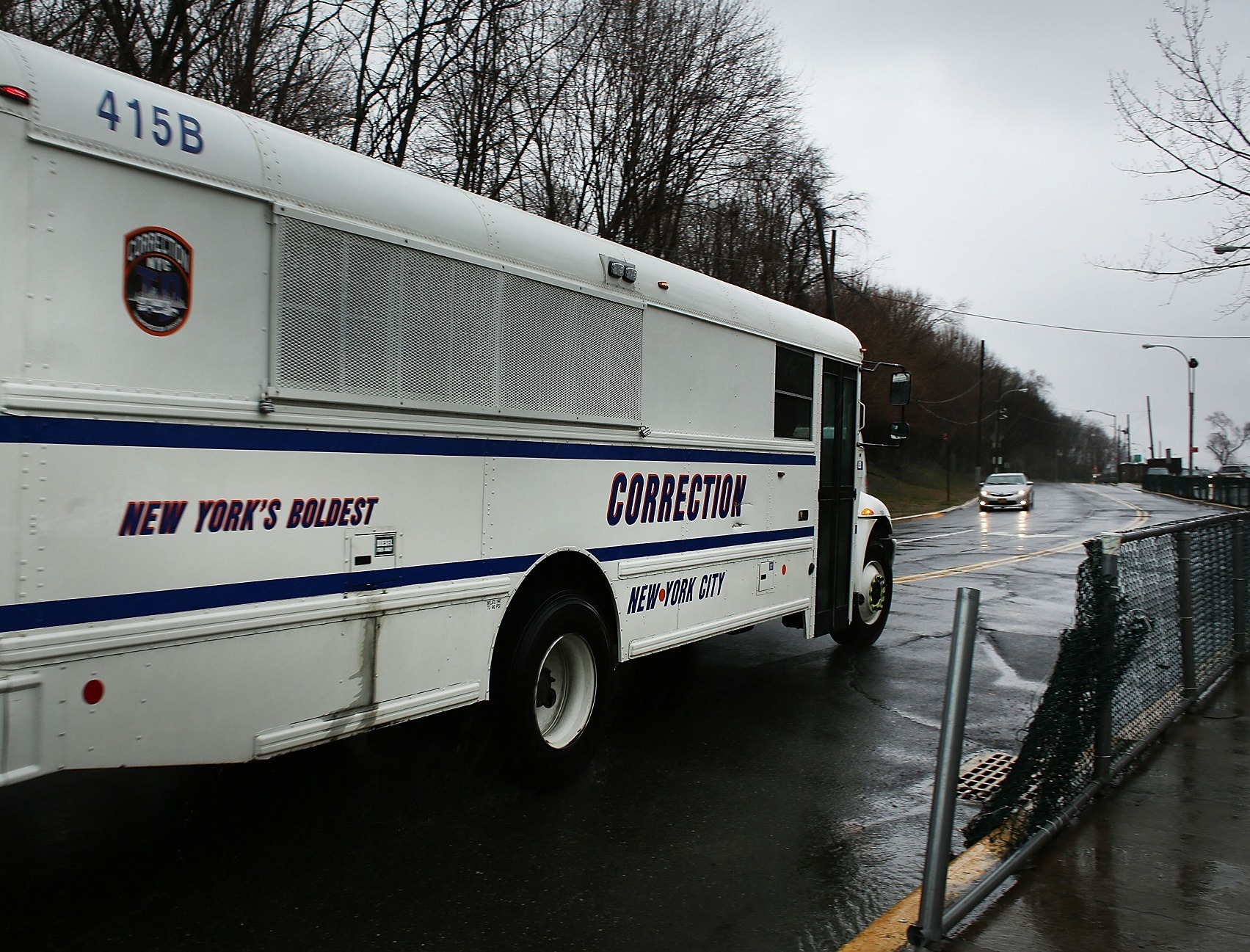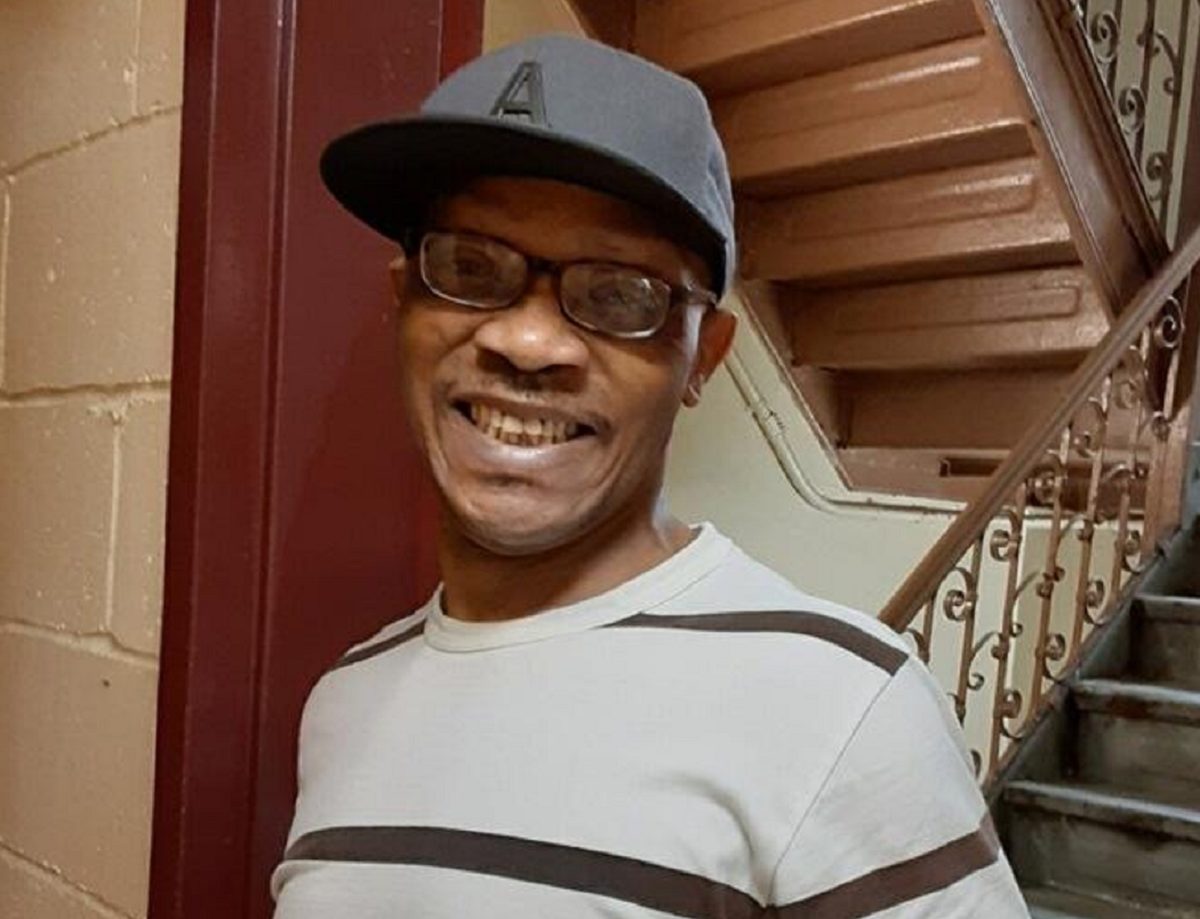New York City Has People on Parole In Jails At Rates Not Seen Since The Early Pandemic
Despite calls to reduce incarcerated populations, the number of people being detained for minor parole violations has been rising.

Last month, while Shawn Dunn was incarcerated on Rikers Island, his sister died. Dunn, 57, had been detained since October on technical parole violations: failure to report a change of address, missing meetings with his parole officer, and missing his 8 p.m. curfew.
His sister’s funeral was scheduled for Jan. 29, less than two weeks before his release. But officials with the New York City Department of Correction told him he had to provide his and his sister’s birth certificates if he wanted to attend, according to Dunn and his attorney with the Legal Aid Society.
Dunn’s sister’s birth certificate was submitted, but his couldn’t be found, he told The Appeal in a telephone interview from Rikers Island.
“I wasn’t able to go to the funeral,” said Dunn. “I was so upset.”
As of Feb. 9, there were 244 people in New York City jails on suspected technical parole violations, according to city data. Despite repeated calls to reduce New York’s prison and jail populations during the COVID-19 pandemic, this is the highest number of technical violation detentions since April, according to an analysis by the Vera Institute of Justice.
After a steep decrease in technical violation detentions in the spring, from about 650 people at the end of March to less than 200 at the start of June, the numbers began to creep up in December.
Local civil rights attorneys, activists, and people on parole say the system traps hundreds of people, predominantly Black and Latinx, in a cycle of incarceration and trauma. Advocates hope Senate Bill S1144, known as the Less Is More Act, which passed the Senate Committee on Crime Victims, Crime and Correction on Monday, will help change that. The legislation, among other reforms, would eliminate incarceration for many technical violations. In 2018, New York incarcerated the second-highest number of people for parole violations in the country, according to a report from the Bureau of Justice Statistics released last year.
“I came home hoping to reintegrate back into society and parole would be able to help me and get back on the right path, but parole has not done anything,” said Dunn, who was released on his underlying charge in 2017. “It has not done anything other than threaten me with going back to prison.”
In New York, where more than 35,000 people live under parole supervision, those accused of technical violations are detained while they wait for a probable cause hearing, which must occur within 15 days of their arrest. If probable cause is found, they’re imprisoned until their revocation hearing, where a judge determines if they violated their parole, and if they should be released or remain incarcerated.
In 2019, people charged in New York City with technical violations were incarcerated for a median of 49 days before their final hearing, according to a report by the mayor’s office. The vast majority of those charged were people of color—60 percent Black and just under 30 percent Latinx. Most were released to the community and about 30 percent were sent to state prison.
Weeks or months of incarceration can have catastrophic consequences, said Philip Desgranges, a supervising attorney at Legal Aid in its special litigation unit. While people on parole wait in jail, they can lose wages, employment, public benefits, and custody of their children, said Desgranges.
“What the state is doing is routinely destabilizing people’s lives unnecessarily,” he said.
Under the Less Is More Act, a person accused of a technical parole violation would receive a hearing within 24 hours of arrest to determine if they should be held until their next hearing. The bill is supported by the district attorneys of Manhattan, Brooklyn, and the Bronx, as well as more than 200 community organizations. Last week, the New York City comptroller called for the state to end the practice of arresting and incarcerating people for technical parole and probation violations.
“We need to think of technical violations as failures and we need to help people more than just trailing ’em, nailing ’em, and jailing ’em,” said Vincent Schiraldi, co-director of the Columbia Justice Lab and the former commissioner of the New York City Department of Probation.
When asked for their positions on the Less Is More Act, the state Department of Corrections and Community Supervision (DOCCS) and Governor Andrew Cuomo’s office told The Appeal they do not comment on pending legislation.
Last spring, in response to the pandemic, Cuomo directed DOCCS to conduct individual assessments of people who could be safely released. As a result of his directive, 791 people held in local and county jails across the state had their warrants for alleged low-level parole violations canceled as of Thursday, the governor’s office told The Appeal in an email.
In April, the Legal Aid Society sued Cuomo and the chairperson of the New York State Board of Parole challenging the automatic detention of those accused of parole violations. The suit is still pending before the courts.
Two days after the suit was filed, Legal Aid client Michael Tyson became the first known person to die from complications of COVID-19 while a prisoner at Rikers. He had been incarcerated on a suspected technical parole violation, according to Legal Aid.

Dunn had been incarcerated since October. For his parole violations, he was sentenced to four months and was released yesterday, according to Legal Aid. He has more than two years left on parole.
“My spirits are up. I’m grateful. I’m getting out in a couple of days,” Dunn told The Appeal last week when he was still at Rikers Island. “I’m already in the lowest position in my life. The only place to go is to the top.”
